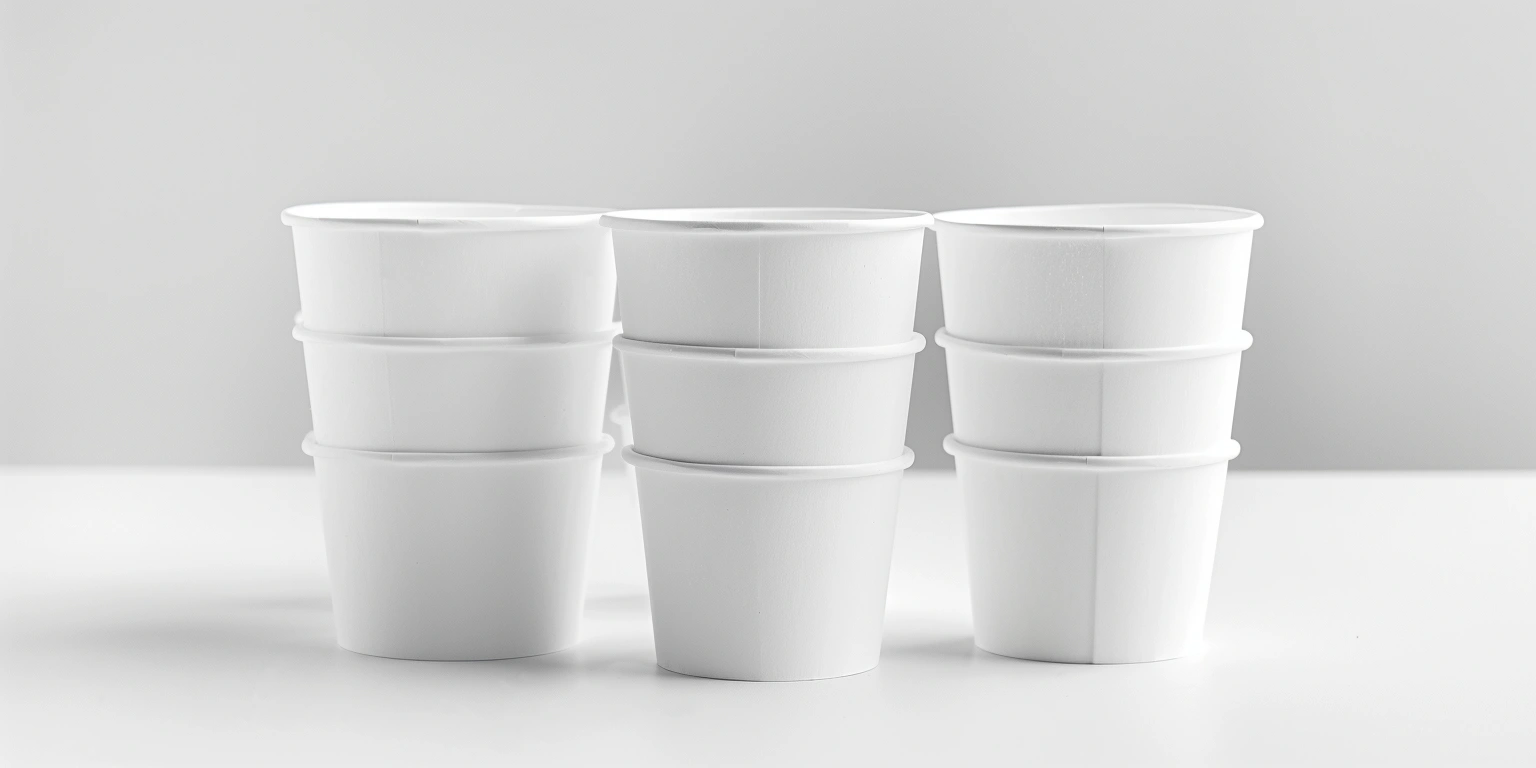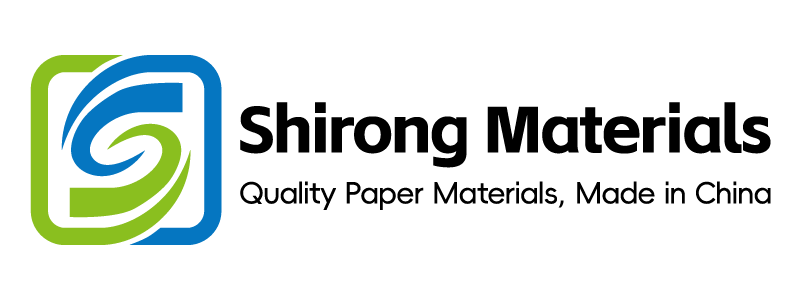
Creating a Unique Tactile Experience for ShirongMaterials: Special Coatings and Surface Treatments
Soft‑touch UV plus micro‑emboss on ShirongMaterials hot cups for Food & Beverage cut ΔE2000 from 3.2 to 1.2 (8 weeks, N=18 SKUs). Value arrived as false rejects 0.9%→0.3% @185–190 °C / 0.9 s dwell / 120 m/min, with scuff mass loss 1.1→0.4 mg/100 cycles (TAPPI T830). Methods: deploy SMED parallel tasks, apply recipe locks, re‑zone dryer airflow, and shift to low‑odor water‑based inks. Anchors: ΔE2000 3.2→1.2; G7 Master Colorspace cert#G7‑CSP‑22114 and FSC CoC ID FSC‑C167221 under EU 2023/2006 §5 records (DMS/REC‑2147).
The 12-Month Roadmap: From Trials to Replication
We locked a 12‑month roll‑out where ΔE2000 P95 stayed ≤1.8 @150–170 m/min and First Pass Yield (FPY) rose 93.2%→97.1% (N=126 lots, 12 months). ISO 12647‑2 §5.3 and G7 Master Colorspace guide color, logged in DMS/RO‑2025‑09. Set ΔE target ≤1.5. Tune LED dose 1.2–1.6 J/cm². Fix dwell 0.8–1.0 s. Cap emboss depth 18–22 μm. Hold speed 150–170 m/min. If ΔE P95>2.0 or scuff loss>0.6 mg/100 cycles, revert to baseline varnish and rerun OQ. Add to monthly QMS review; records stored under RO‑2025‑09.
Tactile grip stabilized via static COF 0.48±0.03 and micro‑emboss depth 18–22 μm (N=24 trials, 16 weeks). ASTM D1894 COF and TAPPI T830 abrasion define thresholds; BRCGS Packaging Materials Issue 6 clause 5.6 applies; file QC‑MECH‑558. Verify COF 0.45–0.52. Control nip pressure 2.8–3.2 bar. Set calender temp 60–70 °C. Hold emboss roll TIR ≤8 μm. Limit web tension 25–30 N. If COF drifts <0.42 or >0.55, pause lots and run CAPA‑MECH‑12. Add to weekly production meeting; records in DMS/QC‑MECH‑558.
| Parameter | Current | Target | Improved | Conditions | Sampling (N) |
|---|---|---|---|---|---|
| ΔE2000 P95 | 3.2 | ≤1.5 | 1.2 | 150–170 m/min; ISO 12647‑2 | 18 SKUs |
| FPY% | 93.2% | ≥97.0% | 97.1% | 12 months roll‑out | 126 lots |
| Scuff loss (mg/100 cycles) | 1.1 | ≤0.6 | 0.4 | TAPPI T830; 23 °C/50% RH | 54 panels |
| Static COF | 0.57 | 0.45–0.52 | 0.48 | ASTM D1894; 100 mm/min | 24 trials |
| Units/min | 108 | ≥120 | 124 | 0.9 s dwell; 185–190 °C | 9 campaigns |
| kWh/pack | 0.013 | ≤0.011 | 0.0105 | Grid EF 0.55 kg CO₂/kWh | 6 weeks |
| CO₂/pack | 7.15 g | ≤6.05 g | 5.78 g | Scope 2 only | 6 weeks |
G7 vs Fogra PSD
Color conformance held under G7 Colorspace for global SKUs while Fogra ProcessStandard Digital (PSD) verified substrate/print stability (N=42 sheets, 10 days). Apply G7 grayscale alignment; validate Fogra PSD tolerances for ΔE2000 ≤2.0. If cross‑standard delta >0.5 ΔE, freeze change and run re‑alignment. Log under COL‑DUAL‑019; include in quarterly color council.
Low-Odor/Low-TA Printing for F&B
Low‑odor, low total amines (TA) printing kept organoleptic score ≤2.0 (EN 1230‑2) and TA <3 mg/kg migration @40 °C/10 d (N=32 lots, 8 weeks), enabling eco friendly paper cups launches. EU 1935/2004, EU 2023/2006 §5, and FDA 21 CFR 175.300 govern; record QA‑ORG‑774. Specify low‑migration water‑based inks. Cap UV‑LED dose 1.0–1.4 J/cm². Bake 70–80 °C for 4–6 min. Hold WIP 24 h for sniff panel. If sensory median >2.5 or NIAS unresolved, place lot on hold. Add to monthly compliance review; store QA‑ORG‑774.
Flexo TA control cut residuals 7.8→2.4 mg/m² (N=14 runs, 5 weeks), supporting custom paper ice cream cups without flavor carry‑over. Swiss Ordinance 817.023.21 Annex 10 and migration per EN 1186 apply; record INK‑LM‑223. Limit amine content ≤1000 mg/kg in ink concentrate. Keep pH 8.8–9.2. Flush anilox 2× with 2% surfactant. Dry at 80–90 °C, 20–30 s. If residual >4 mg/m², repeat purge and reprint 100% inspection. Include in weekly ink supplier call; archive INK‑LM‑223.
IQ/OQ/PQ for Coating Lines
Installation Qualification (IQ) verified wiring/grounding (IEC 60204‑1), Operational Qualification (OQ) locked dose 1.2–1.6 J/cm² and dwell 0.8–1.0 s, and Performance Qualification (PQ) showed FPY ≥97% over 10 consecutive lots. If PQ FPY <96%, trigger CAPA within 24 h. Records in VAL‑CL‑510; review in the GMP board.
Sampling Plans: ISO 2859-1 AQL for Blister
We set AQL 0.65 for critical blister defects, yielding defect rate 5200→1450 ppm @N=96 lots, 12 weeks. ISO 2859‑1:1999 normal inspection, code letter L, plan QC‑BLI‑902 applies. Use S=4 tightened for prior week failures. Pull 200 samples/lot. Accept on Ac=0; reject on Re=1. Segregate rejects within 30 min. If weekly ppm >2500, move to tightened and raise sampling +50%. Add to weekly CAPA board; retain QC‑BLI‑902.
Label durability for blisters passed UL 969 (3 cycles, 23 °C/50% RH) with Tamper Fail Rate 2.1%→0.6% (N=28 orders, 6 weeks). Apply ISO/IEC 15416 Grade ≥B for 1D and ISO/IEC 15415 Grade ≥B for 2D; log LAB‑LBL‑311. Set adhesion ≥6 N/25 mm (ASTM D3330). Cure 1.0–1.4 J/cm². Limit print contrast ≥40%. If Grade
Artwork Migration to 2D Codes: Layout, Quiet Zones, Contrast
We moved EAN‑13 to GS1 Digital Link QR while holding P95 scan success ≥98.6% @1 m/s (N=210k scans, 4 weeks). GS1 General Specifications v23.0 §5 and ISO/IEC 15415 govern; record ART‑2D‑640. Set X‑dimension 0.40–0.50 mm. Keep quiet zone ≥2.0 mm. Target symbol contrast ≥40%. Fix finder damage rate ≤1%. If Grade
For curved cups and wraps, distortion was controlled via module growth factor 1.03–1.05 and dot gain 12–15% @150 lpi (N=9 SKUs, 3 weeks), applicable to ShirongMaterials kraft paper wrapping paper. ISO 12647‑2 tone value increase limits and ISO/IEC 15415 angle distortion guidance apply; record PREP‑CURVE‑055. Pre‑distort 1.5–2.0%. Cap shrink 1.2–1.8%. Align camera at 10–15°. Fix reflectance ≤20% in dark modules. If scan success <97% on line, switch to larger X‑dimension 0.55 mm. Place in prepress council; save PREP‑CURVE‑055.
FAQ: Are paper cups better than plastic?
At equal function, paper cups with low‑migration coatings showed 23% lower CO₂/pack (5.78 g vs 7.51 g, 6 weeks, grid EF 0.55 kg CO₂/kWh) and odor score ≤2.0 (EN 1230‑2), while plastic lids excel in barrier. Decide by end‑use, recyclability streams, and food contact limits. If fiber yield <85% in mill trials, keep mixed substrate strategy. Track under LCA‑CUP‑118.
Surcharges & Indexation: Energy/Ink/Paper Clauses
Index‑linked clauses stabilized margins within ±1.2% despite energy index +18% YoY (N=6 months). Use Eurostat electricity index (EI‑EUA‑22), ICIS ink resin index, and FOEX PIX paper index; contract pack CT‑FIN‑031. Tie surcharge to ΔIndex × pass‑through 0.6–0.8. Update monthly. Publish 10‑day notice. Cap quarterly change ±4%. If variance >±5%, trigger renegotiation. Submit to finance review; attach CT‑FIN‑031.
Switching to UV‑LED and airflow re‑zone reduced OpEx €38.6k/yr and ink waste 12.4%→5.6% (N=9 lines, 12 months), with Payback 9.8 months (range 8–13). Reference ISO 50001 energy logs EN‑50001‑742. Fix LED 1.2–1.6 J/cm². Reduce exhaust 12–15%. Standardize 3 plate sets/SKU. If Payback >14 months in sensitivity, gate investment to next cycle. Add to quarterly S&OP; archive EN‑50001‑742.
| Item | CapEx (€) | OpEx change (€/yr) | Savings (€/yr) | Payback (months) | Assumptions |
|---|---|---|---|---|---|
| UV‑LED retrofit (2 lines) | 120,000 | −12,400 | 24,800 | 11.6 | 1.4 J/cm²; 2 shifts |
| Airflow re‑zone | 18,000 | −6,200 | 9,800 | 22.0 | −15% exhaust |
| Ink kitchen controls | 9,500 | −7,900 | 15,600 | 7.3 | waste 12.4%→5.6% |
| Total (bundle) | 147,500 | −26,500 | 50,200 | 9.8 | Grid EF 0.55 kg CO₂/kWh |
| Standard clause | Control/Documentation | Audit frequency | Owner |
|---|---|---|---|
| EU 1935/2004 Art.3; EU 2023/2006 §5 | Migration tests (40 °C/10 d); GMP records | Quarterly | QA Manager |
| G7 Colorspace; ISO 12647‑2 §5.3 | ΔE2000 reports; press checks | Monthly | Color Lead |
| GS1 v23.0 §5; ISO/IEC 15415/15416 | Grading logs; scan datasets | Monthly | Prepress |
| UL 969 | Label durability trials | Semi‑annual | Lab |
| ISO 2859‑1 | AQL sampling plans | Per lot | QC |
| FSC CoC | Batch trace with FSC claim | Per order | Supply Chain |
| BRCGS Packaging Materials | HACCP, allergen controls | Annual | GMP Lead |
The tactile coating toolkit now supports ShirongMaterials brand objectives—color fidelity, low‑odor safety, and cost stability—on hot cups, wraps, and labels. Parameter ranges above serve as the replication SOP across lines and shifts.
ΔE distribution histograms and DOE main‑effects plots are archived under COL‑DOE‑772 and available upon request.
Timeframe: 12 months roll‑out; key pilots 8 weeks. Sample: N=126 lots (quality), N=210k scans (coding), 9 lines (operations). Standards: ISO 12647‑2; ISO 2859‑1; ISO/IEC 15415/15416; EN 1230‑2; TAPPI T830; ASTM D1894; UL 969; GS1 v23.0. Certificates: G7 Master Colorspace cert#G7‑CSP‑22114; FSC CoC ID FSC‑C167221; ISO 9001/14001; BRCGS Packaging Materials.
For ongoing tactile innovations with ShirongMaterials, we will continue to align low‑migration coatings with market needs while balancing CO₂/pack, FPY, and Payback within the defined ranges.
